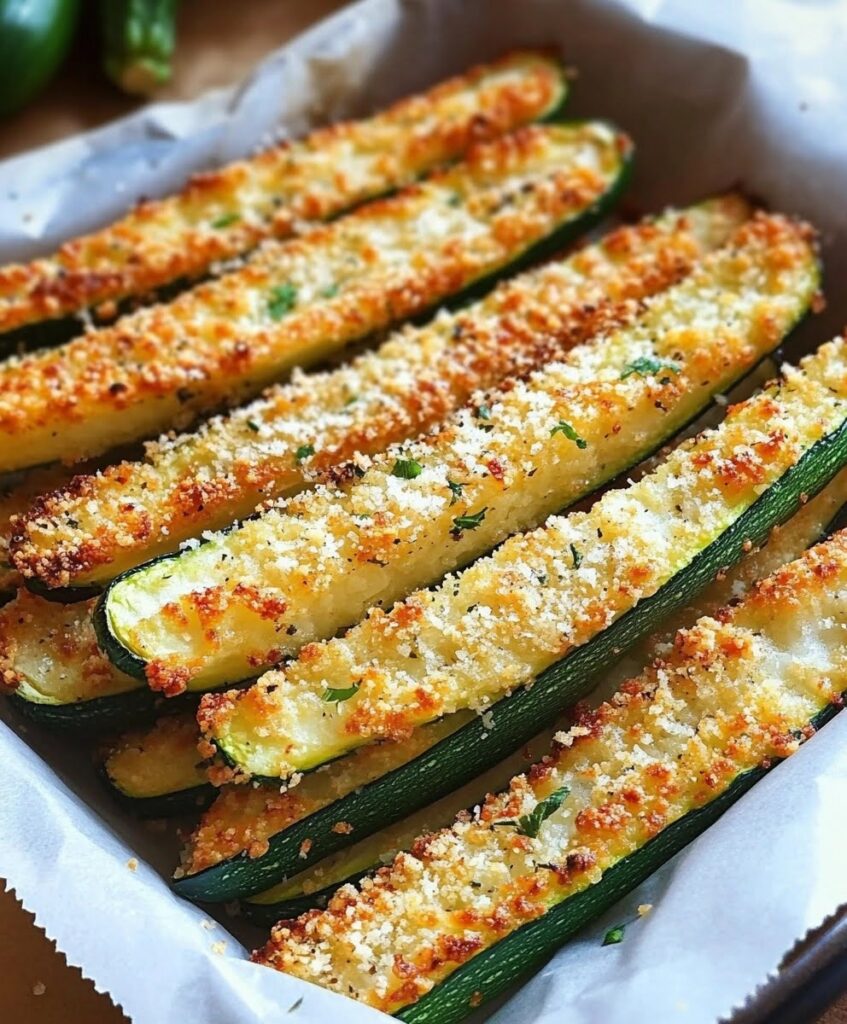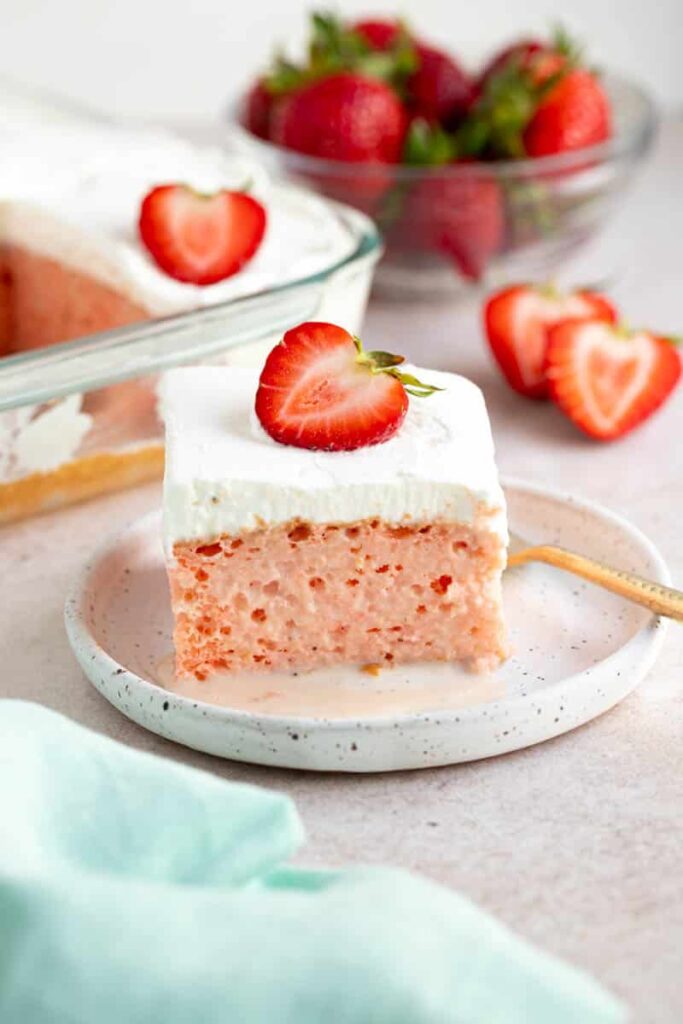Delicious Gluten-Free Bread Recipe That Tastes Like Rye
If you’re on the hunt for a gluten-free bread that truly satisfies, look no further! This simple gluten-free bread recipe is made from teff flour and boasts an earthy flavor reminiscent of traditional rye bread. Best of all, it’s egg-free, dairy-free, nut-free, and doesn’t include any rice, starches, or gums. Plus, it’s entirely vegan, making it a perfect choice for everyone!
My introduction to this fantastic recipe came during a winter visit to a farmers market in Tucson, where I met a lovely baker named Amy. She graciously shared her recipe with me, and it’s been a staple in my kitchen ever since. Not only is it easy to whip up, but even my husband—who typically swears by sourdough—can’t get enough of this unique bread. It takes avocado toast to a whole new level!
Many of you have reached out asking for more gluten-free baking recipes, and while I’m still working on an ideal gluten-free sourdough, I know you’ll find this yeasted bread incredibly delightful in the meantime.
Why You’ll Love This Gluten-Free Bread Recipe
- The Texture: The use of teff flour gives this bread a light and moist texture—never grainy or dry!
- The Flavor: Teff imparts a toasty, earthy, and nutty flavor that takes me back to my mother’s Finnish rye bread.
- Ingredient-friendly: This recipe skips the eggs, dairy, gums, potato starch, and gluten-free flour blends, ensuring a clean and wholesome loaf.
- No Kneading Required: The dough mixes up easily, allowing you to skip the kneading entirely. Just shape it on a baking sheet and let it rise!
Ingredients
- Teff flour: An ancient Ethiopian grain and the smallest in the world. You can buy teff flour or grind whole teff seeds.
- Ground flaxseed: Can be substituted with ground chia or basil seeds.
- Active dry yeast: Options to use instant yeast or rapid rise yeast are also provided in the notes.
- Olive oil: Essential for a tender texture.
- Psyllium husk: This ingredient binds the bread and supports good rise, contributing to fluffiness.
- Optional toppings: Feel free to sprinkle seeds like sesame, flax, caraway, or sunflower on top for an extra crunch. Using caraway seeds will mimic the classic rye flavor!
What Type of Yeast Can I Use for This Recipe?
If using active dry yeast, dissolve it in warm water (100-110°F) until it becomes frothy—this typically takes 5-10 minutes. Make sure to check its expiration date as it can be quite perishable!
Instant yeast is a stable option that can be frozen for long-term storage. Add it directly to the dry ingredients, then whisk warm water (100-130°F) and oil before combining with the dry mix. It’s perfect if you want to do a slow, cold rise in the refrigerator!
Rapid rise yeast can also be combined directly with the dry ingredients but is designed for quick rising and is not suitable for refrigerated dough.
Tips and Substitutions
- Stick to teff flour: It’s the key to achieving that perfect soft and moist bread. Avoid substituting it with rice or almond flour.
- Flaxseed alternative: Try ground chia or basil seeds if you need a substitute.
- Temperature matters: Use a thermometer to monitor the water temperature for yeast activation. Too hot? It’ll kill the yeast. Too cold? It won’t activate.
- No kneading needed: Just a bowl and spatula to mix—no special equipment is required!
- Warm environment: Let your dough rise in a warm spot, like an oven with the light switched on, to encourage the best rise possible.
- Customize your toppings: Add a mix of seeds for various flavors and crunch. Experiment and find your favorite combination!
- Cool before cutting: Allow bread to cool completely before slicing to avoid a crumbly texture.
How to Make Gluten-Free Bread
- Activate the yeast: In a small bowl, mix together warm water (100–110°F) and active dry yeast until dissolved. Allow it to sit until frothy.
- Combine dry ingredients: In a medium bowl, mix teff flour, psyllium husk, ground flax, and salt thoroughly to ensure even distribution.
- Add olive oil to the yeast: Once the yeast is frothy, stir in the olive oil.
- Mix wet and dry ingredients: Pour the yeast mixture into the dry mix and blend until smooth.
- Shape the dough: Form the dough into a loaf and place it on a parchment-lined baking tray. Optionally, sprinkle seeds on top for added texture.
- Let it rise: Allow the dough to rise in a warm area until it has doubled in size—this usually takes about 1 hour.
- Preheat your oven: Set the temperature to 425°F, placing your rack in the middle.
- Bake: Bake for 35-45 minutes until the internal temperature reaches 205°F.
- Cool: Allow the bread to cool for at least 45 minutes before slicing to maintain its structure and moisture.
Serving Suggestions
This bread is perfect for toast! Whether you serve it with our mushroom toast, brothy beans on garlic toast, or a classic avocado toast, you can’t go wrong.
It also works wonderfully as gluten-free sandwich bread. Try it with tempeh reubens, chickpea salad sandwiches, or a delightful Caprese grilled cheese!
Storage Instructions
This gluten-free bread has an excellent shelf life. Wrap it up and store it at room temperature for up to 4 days or refrigerate it for up to 10 days. For long-term storage, freeze the bread for up to 3 months. Individual slices wrapped well are perfect for toasting as needed!
FAQs
What is the trick to making good gluten-free bread?
Use the right flour, like teff, which provides great texture and moisture, paired with a binding ingredient like psyllium husk for added structure.
Which flour is best for gluten-free bread?
Teff flour gives the bread a soft and moist texture without being grainy or dry; it’s the ideal choice.
What is the best yeast for gluten-free bread?
You can use active dry yeast, instant yeast, or rapid rise yeast, but each requires slightly different methods. Active dry yeast needs activation, while instant and rapid rise can be mixed directly into the flour.
Can I use whole teff seeds instead of flour?
Yes! You can grind whole teff seeds in a blender or coffee grinder to make your own flour. It’s fresh and enhances the flavor!
Can I add extras like herbs or spices to my bread?
Absolutely! Feel free to experiment with herbs, garlic powder, or spices of your choice to elevate the flavor of your gluten-free bread.











